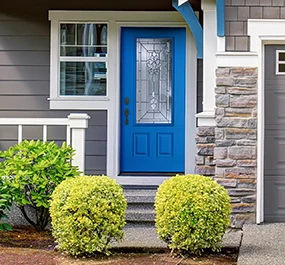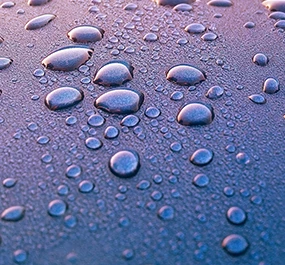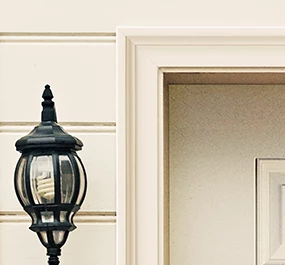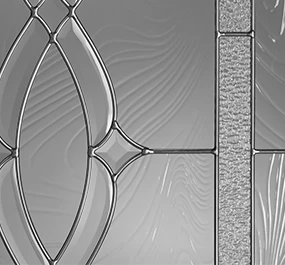As a homeowner, worst-case scenarios can haunt your imagination, creating all sorts of hypotheticals that could spell disaster for your property. Most of these potential outcomes can be traced back to a definitive cause, allowing you to take preventative measures that put your mind at ease. You can check and reinforce a foundation. You can test and replace pipes. However, when it comes to extreme weather, including storms, hurricanes, and high winds, the threat is a bit more abstract and can pose a challenge to the preparedness of both you and your home.
There’s no need to consult a psychic to protect your home from extreme weather, though. A few home improvements can double as home reinforcements against some of the harshest elements that come your way.
Utilize a Backup Generator
One of the first aspects of community infrastructure that can be adversely impacted by extreme weather is electricity. It’s a pretty important amenity—because of it, we get to enjoy a lot of the creature comforts that make our houses homes, like cooking, staying warm, seeing in the dark, and maintaining any security systems installed around the premises. In an emergency, power can also be used to pump water out of basements, keep homes at safe temperatures and keep you informed about what to expect next. Being without power can cause discomfort, but within the right set of circumstances, it can also lead to far worse outcomes.
That’s why it’s important to install a backup generator, sometimes called a standby generator, that sits outside your home and is wired into its electrical system. Backup generators run on fuel sources like propane and natural gas, meaning they render your home immune to the impact caused by a power outage. A backup generator should kick on within a few seconds of any failure experienced by your home’s electrical system, restoring power and maintaining it for as long as the generator stays fueled. Remember to replace sitting fuel as needed and keep a supply at the ready.
Depending on the size of your home, backup generators can become a costly investment. Portable generators can be much cheaper and run on the same kinds of fuel, but they won’t carry the power of a backup generator.
Insure Your Investment
Carrying insurance for the different kinds of calamities that could befall your home may seem like an obvious decision, but there are so many different kinds of insurance to choose from, which can make the decision seem daunting.
Don’t overspend, but make sure you’re prepared and can fix or replace anything damaged or lost in severe weather through an insurance claim. When choosing which plans to purchase, one of the most important things will be deciding which extreme weather situations you’re likely to encounter in your area. Specific insurance plans are available for hurricanes, floods, wildfires, and more, so consider your geographical orientation and recent nearby occurrences before buying.
Of note, some insurances may not fall under the extreme weather category but may still be important to the continued safety of your home. For example, many homeowners in Pennsylvania’s coal regions carry mine subsidence insurance due to their area’s vast networks of underground mines.
Perform Regular Preventative Maintenance
Sometimes, the best way to improve your home’s chances of withstanding extreme weather is to reinforce what’s already there.
Seal your home to protect against air and water leaks, and check those seals regularly for failure. Clean your gutters to remove a fire hazard and ensure proper water removal. Lower the risk of dangerous fires by using rocks in landscaping instead of mulch and concrete in outdoor areas instead of wood. Remove old trees that could be impacted by high winds and plants with oils that can feed fires, like pine trees.
Choose Impact-resistant Additions to the Home
Replacing doors and windows that aren’t impact resistant and maintaining any parts of the home that already are will help protect homes from structural damage in high winds, keep in warm air in times of extreme cold, maintain a cold temperature in extreme heat, and further mute any noise from outside the home. It’s also possible that impact-resistant windows and doors can get you a discount on your home insurance bill.
Why You Should Protect Your Home from Extreme Weather
It doesn’t take precognition to know that any future bouts of extreme weather will have you wishing you did more to prevent any potential damage to your home. Prepare for the most likely extreme weather scenarios given your location, but don’t rule out the possibility that anything can happen. As such, consider protecting against both the specific, logical threats for your area and the more generalized challenges brought on by nature.
Protect Your Home from Extreme Weather with Plastpro
A fiberglass front door could be one of the best examples of being prepared for anything. They tick the impact-resistant box, they’re long lasting, they’re energy efficient, and they’re easy to maintain. Search Plastpro’s dealer network and check out their fiberglass doors at a location near you! It could be an important step towards reinforcing your home against the uncertain future.



